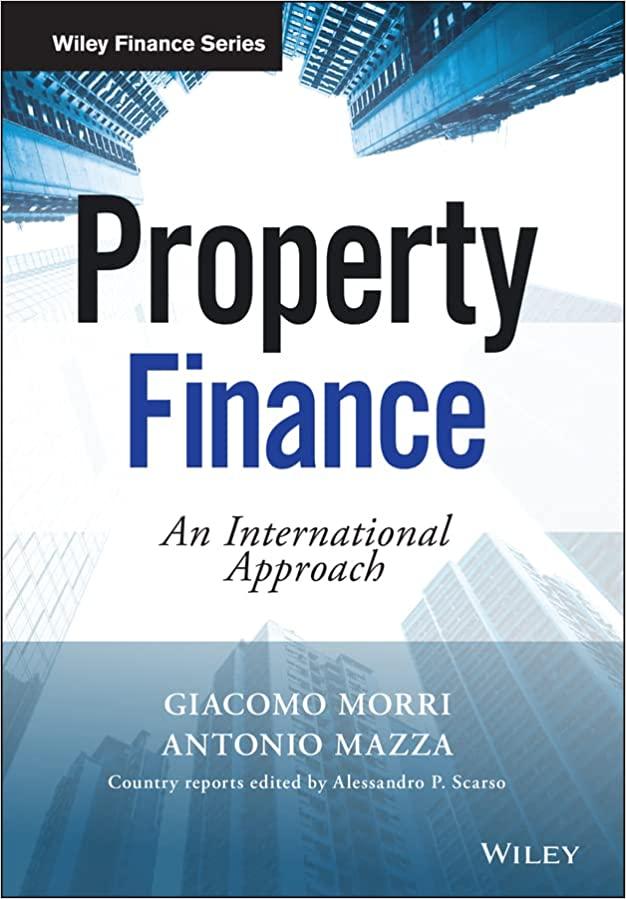Answered step by step
Verified Expert Solution
Question
1 Approved Answer
1. Treasury Bonds Is it true that a U.S. Treasury security is risk-free? 2. Interest Rate Risk Which has greater interest rate risk, a 30-year


1. Treasury Bonds Is it true that a U.S. Treasury security is risk-free? 2. Interest Rate Risk Which has greater interest rate risk, a 30-year Treasury bond or a 30 -year BB cor porate bond? 3. Treasury Pricing With regard to bid and ask prices on a Treasury bond, is it possible for the bid price to be higher? Why or why not? 4. Yield to Maturity Treasury bid and ask quotes are sometimes given in terms of yields, so there would be a bid yield and an ask yield. Which do you think would be larger? Explain. 5. Coupon Rate How does a bond issuer decide on the appropriate coupon rate to set on its bonds? Explain the Page 263 difference between the coupon rate and the required return on a bond. 6. Real and Nominal Returns Are there any circumstances under which an investor might be more concerned about the nominal return on an investment than the real return? 7. Bond Ratings Companies pay rating agencies such as Moody's and S\&P to rate their bonds, and the costs can be substantial. However, companies are not required to have their bonds rated in the first place; doing so is strictly voluntary. Why do you think they do it? 8. Bond Ratings U.S. Treasury bonds are not rated. Why? Often, junk bonds are not rated. Why? 9. Term Structure What is the difference between the term structure of interest rates and the yield curve? 10. Crossover Bonds Looking back at the crossover bonds we discussed in the chapter, why do you think split ratings such as these occur? 11. Municipal Bonds Why is it that municipal bonds are not taxed at the federal level but are taxable across state lines? Why is it that U.S. Treasury bonds are not taxable at the state level? (You may need to dust off the history books for this one.) 12. Bond Market What are the implications for bond investors of the lack of transparency in the bond market? 12. Treasurv Market Take a look back at Figure 8.5. Notice the wide range of coupon rates. Why are they so different? 14. Rating Agencies A controversy erupted regarding bond-rating agencies when some agencies began to provide unsolicited bond ratings. Why do you think this is controversial? 15. Bonds as Equity The 100-year bonds we discussed in the chapter have something in common with junk bonds. Critics charge that, in both cases, the issuers are really selling equity in disguise. What are the issues here? Why would a company want to sell "equity in disguise"? 16. Bond Prices versus Yields a. What is the relationship between the price of a bond and its YTM? b. Explain why some bonds sell at a premium over par value while other bonds sell at a discount. What do you know about the relationship between the coupon rate and the YTM for premium bonds? What about for discount bonds? For bonds selling at par value? c. What is the relationship between the current yield and YTM for premium bonds? For discount bonds? For bonds selling at par value? 17. Interest Rate Risk All else being the same, which has more interest rate risk: a long-term bond or a short-term bond? What about a low coupon bond compared to a high coupon bond? What about a long-term, high coupon bond compared to a shortterm, low coupon bond
Step by Step Solution
There are 3 Steps involved in it
Step: 1

Get Instant Access to Expert-Tailored Solutions
See step-by-step solutions with expert insights and AI powered tools for academic success
Step: 2

Step: 3

Ace Your Homework with AI
Get the answers you need in no time with our AI-driven, step-by-step assistance
Get Started


